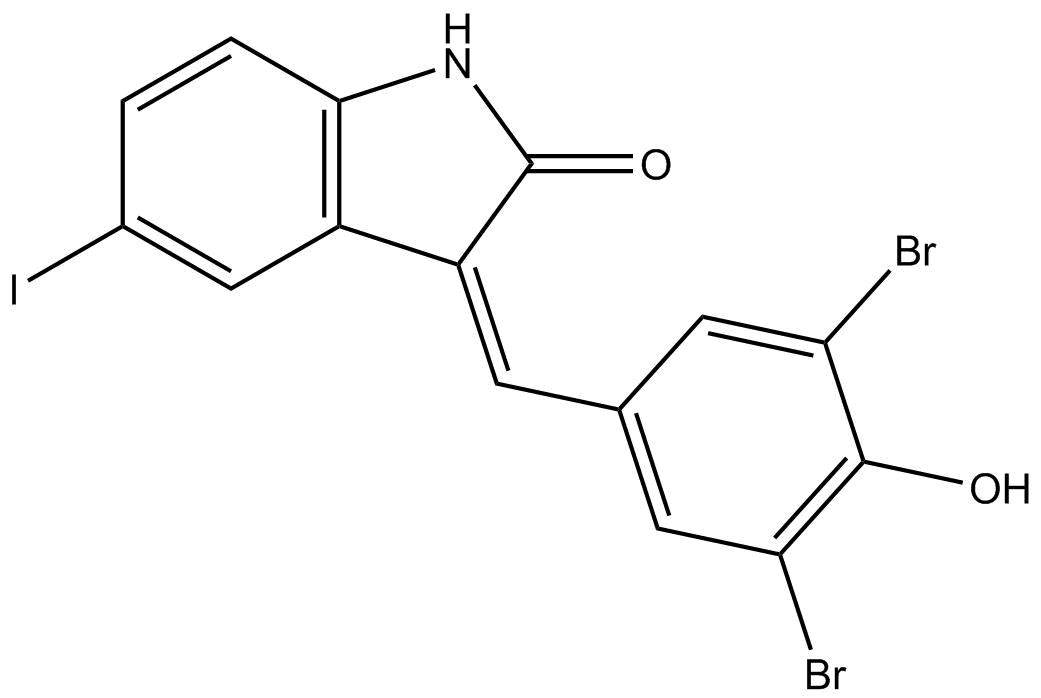Archives
A material s translucency could be measured in terms
A material\'s translucency could be measured in terms of relative translucency or absolute translucency. Relative translucency is expressed as done ratio (CR=Yb/Yw) which is defined as the ratio of the illuminance (Y) of the test material when it\'s placed over a black background (Yb) to the illuminance of the same material when it\'s placed over a white background (Yw) [9]. This ratio tends towards unity for opaque materials and towards zero for transparent materials [10]. Absolute translucency, on the other hand, can be measured as percent of diffuse and direct transmitted light (total transmission T%) which is more difficult to measure and necessitates use of dual beam, integrating sphere radiometer or spectrophotometer able to capture all of the light transmitted through a specimen in comparison to the intensity of light from a split beam [11].
Translucency of ceramic materials has been shown to be affected by thickness and combination of ceramic layers such as the core, veneer and other speciality ceramic materials [10,12–14]. Antonson et al[13] tested the contrast ratio of veneering and core ceramics and stated that mean translucency increased as thicknesses decreased for different all-ceramic systems. Heffernan et al[6,7] suggested that the thickness of the core material can affect its translucency.
Comparing the relative and absolute translucency of dental ceramics using a wide range of dental ceramics in different thicknesses, Spink L et al in 2009[15] found out that the relationship between absolute and relative translucency was sensitive up to 50% only where once the translucency of the material dropped below 50%, contrast ratio converged to one. Hence, for ceramic materials that allow light transmission greater than 50%, contrast ratio could be used to rank order translucencies. They also stated that light transmission decreased as the material\'s thickness increased, but in a material specific manner. In the same study, they also observed that the light transmission through zirconia specimens was least affected by change in thickness and of all structural ceramics, Vita Y-Z zirconia was the least affected by increase in thickness.
On the other hand, Bldissara et al in 2010[16] evaluated the translucency of zirconia copings made with different CAD/CAM systems. In that study, translucency measurement through direct transmission of light showed that all zirconia copings allowed light to pass through the material, thus they could be considered as translucent to a certain degree.
Since the ceramic layer thickness is important for shade development, and the utmost precision and control are required for a predictable and reproducible result, different core veneering techniques have been employed with each technique said to be able to improve the esthetic properties of Y-TZP restorations. Yet, each of these veneering techniques, such as manual layering, pressing or double veneer technique has shown to have its own drawbacks [17–19].
A new procedure for veneered all-ceramic crown restorations, using a CAD/CAM-fabricated high-strength zirconia coping and a corresponding CAD/CAM fabricated veneer has been introduced. Parts of the restoration can be sintered together by means of a glass-ceramic powder in one bake. This procedure of sintering core and veneering leads to an increase in mechanical strength, compared to traditional techniques, enabling a lower clinical chipping rate of the veneering material. This was demonstrated in an in-vitro study carried out by Schmitter M et al[20] when they reported higher fracture resistance of zirconia crowns constructed and veneered using CAD-on technique compared to those veneered by regular layering technique. Also Kanat B et al[21] showed higher fracture resistance, flexural strength and biaxial flexural strength values for crowns fabricated using CAD-on technique when compared to th ose fabricated from zirconia and veneered with either overpressing or manual layering. Two main reasons might be responsible for the greater strength. First, the lithium-disilicate ceramic used for the veneer cap has a greater flexural strength in comparison to the veneering porcelain used for the layering technique. Second, the CAD/CAM-process uses high quality material with a minimum of flaws compared to the manual procedures of veneering or heat pressing [22]. On the other hand, when either veneer chipping or framework fracture occurred in CAD-on fabricated test specimens, Centromere happened at much greater loads than those of the oral environment which still proved that CAD-on technique reduced the rate of veneer chipping [23].
ose fabricated from zirconia and veneered with either overpressing or manual layering. Two main reasons might be responsible for the greater strength. First, the lithium-disilicate ceramic used for the veneer cap has a greater flexural strength in comparison to the veneering porcelain used for the layering technique. Second, the CAD/CAM-process uses high quality material with a minimum of flaws compared to the manual procedures of veneering or heat pressing [22]. On the other hand, when either veneer chipping or framework fracture occurred in CAD-on fabricated test specimens, Centromere happened at much greater loads than those of the oral environment which still proved that CAD-on technique reduced the rate of veneer chipping [23].